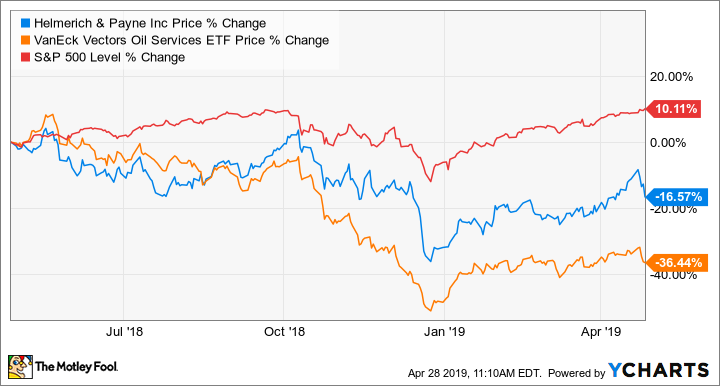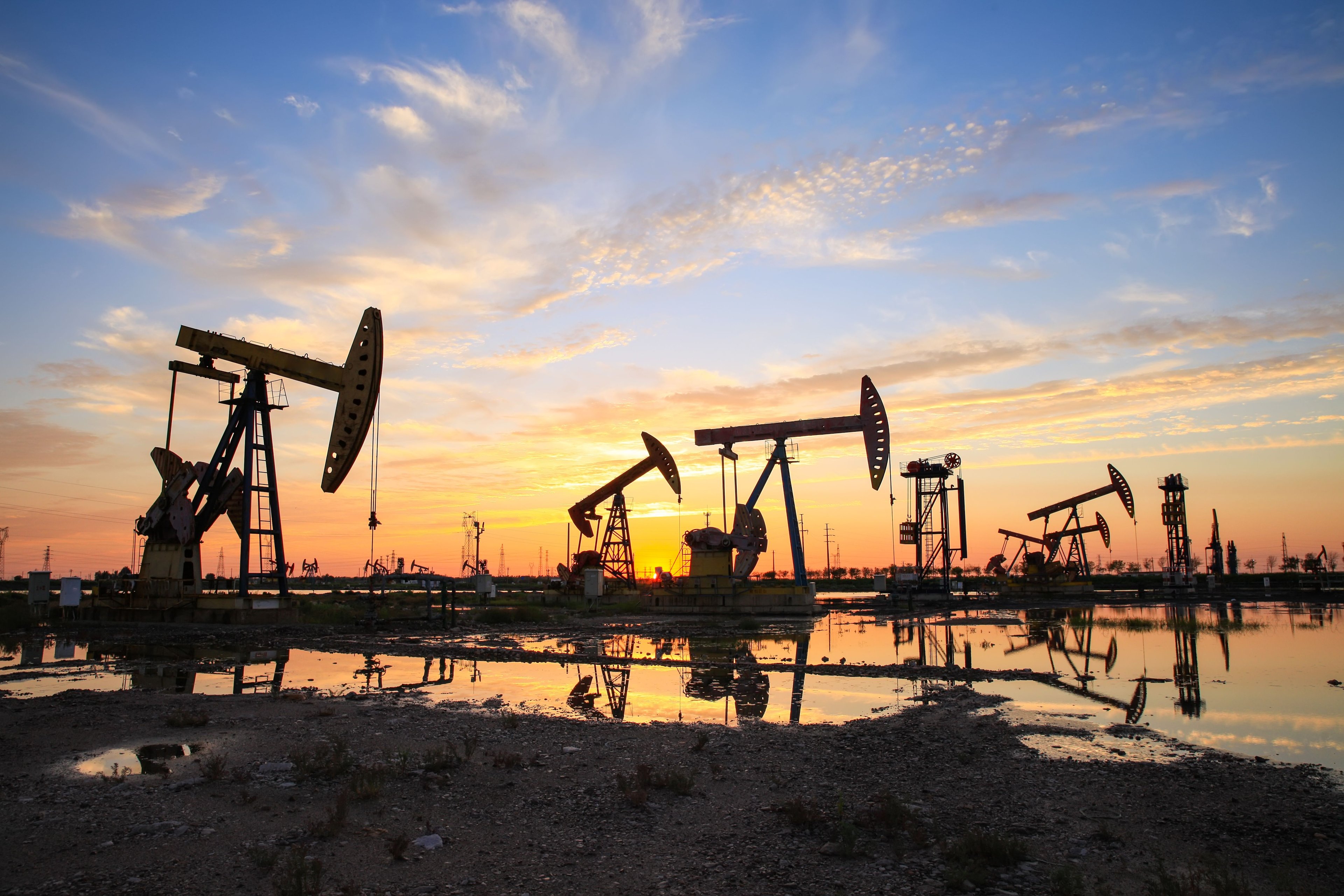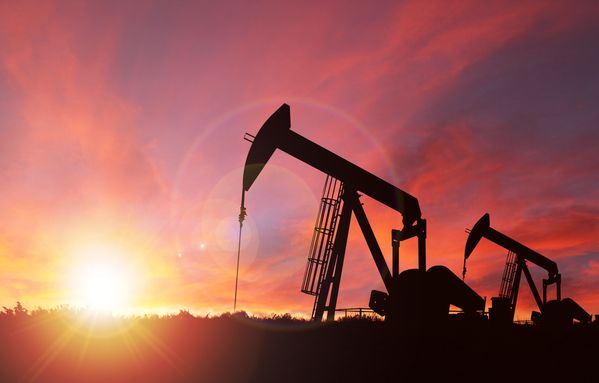For the second quarter in a row, oil and gas drilling company Helmerich & Payne (HP 2.48%) took what we thought we knew about the North Amerian oil services business an threw it out the window. Even though the giant services companies like Halliburton and Schlumberger noted significant declines in service revenue this past quarter because of weaker demand and low utilization rates, Helmerich & Payne reported its best net income result in over three years.
Let's look at how this oil driller was able to defy conventional wisdom and crush earnings expectations this past quarter, as well as see if the company can continue to do this for the rest of 2019.

Image source: Getty Images.
By the numbers
| Metric | FQ2 2019 | FQ1 2019 | FQ2 2018 |
|---|---|---|---|
| Revenue | $720.8 million | $740.5 million | $577.5 million |
| Operating income | $95.1 million | $54.2 million | ($1.1 million) |
| EPS (diluted) | $0.55 | $0.17 | ($0.12) |
| Free cash flow | $103 million | $22.8 million | $28.5 million |
DATA SOURCE: HELMERICH & PAYNE EARNINGS RELEASE. EPS = EARNINGS PER SHARE.
When it comes to Helmerich & Payne's quarterly results, it all comes down to how its U.S. land rig operations perform. Its other segments are either legacy assets that it runs for cash flow (offshore) or it's more or less a support division of its other segments (H&P Technologies).
Like the prior quarter's surprisingly strong results, Helmerich & Payne has benefited immensely from leasing a majority of its most advanced rigs, called super-spec rigs, on long term contracts. So even when oil prices are weak or when pipeline capacity is constrained, producers continue to drill and pay Helmerich & Payne. When they need to cut back on capital spending, producers have elected to not complete wells. According to the U.S. Energy Information Administration, the inventory of drilled but uncompleted wells is just under its all-time high at 8,500.

Data source: Helmerich & Payne. Chart by author.
Of all the surprises in the quarter, the one that should impress investors the most is the increase in free cash flow in the quarter. Management noted that after several years of upgrading its existing fleet of rigs to super-spec standards, it will slow its upgrade rate in 2019. Those upgrades were eating significantly into cash flow and made its dividend look questionable for the first time in decades.
This most recent result was the first time the company has been able to cover its dividend with free cash flow in quite some time. With less capital dedicated to upgrades for the rest of the year, H&P should be able to replenish its cash pile and put its dividend back on more sure footing.
What management had to say
On Helmerich & Payne's conference call, CEO John Lindsay highlighted how management's decision to spend more on upgrades throughout the downturn has paid off for the company and what he sees for the rig business for the rest of 2019.
Considering the trends we are seeing in rig releases, the higher levels of churn across certain basins and the current demand, we believe the company's rig count will bottom out early during this third fiscal quarter, and FlexRig super-spec utilization will remain in the 90% plus range. Importantly, this level of utilization should be supportive of the current pricing environment.
Another factor that is supporting super-spec pricing is the top five U.S. land drillers own approximately 80% of the active super-spec fleet. With the industry super-spec fleet already over 90% utilized, this degree of supply concentration also promotes a sturdier pricing environment going forward.
The oil price for WTI is up over 40% since the beginning of the calendar year. In past cycles, this kind of price action would bring on higher activity. Yet today, we are seeing a more tempered response and even reductions in activity by some in the industry. Clearly, customer behavior is changing, and the movement is toward prioritization of cash flows and less focus on growth. This returns focused approach has put additional emphasis on disciplined spending and determining where value can be added to improve performance and long-term cash flow.
You can read a full transcript of Helmerich & Payne's conference call.
Back on track?
A single quarter doesn't make a trend, but this most recent result shows a lot of promise for Helmerich & Payne's investors. While we could see a slight decline in the next quarter as management expects the rig market to bottom out then, it's also deploying more of its H&P Technologies products across North America and hopefully will turn that business profitable. Management also noted that it's starting to deploy some of its super-spec rigs overseas, so we could also see an uptick from its international segment as well.
The case against Helmerich & Payne is less about the company itself and more a knock on the oil services market in general. This market has been incredibly volatile over the past few years, and not many companies have been able to generate returns as a result. Ever since the large oil price crash in 2014 and 2015, the oil services business has been growing in fits and starts, with considerable declines throughout. If we were to see oil prices decline again, or if some other factor constrains the market, like pipeline takeaway capacity, we could be right back where we were a few months ago, wondering if Helmerich & Payne will be able to keep its multidecade dividend streak alive.





